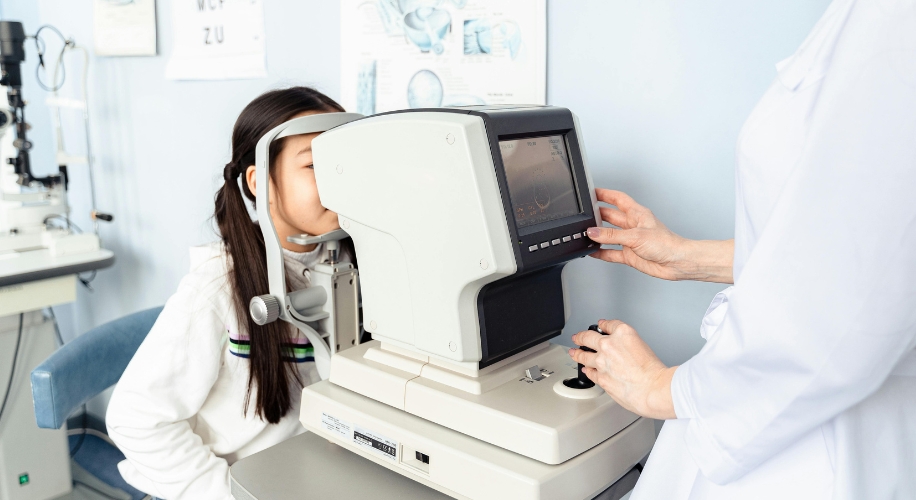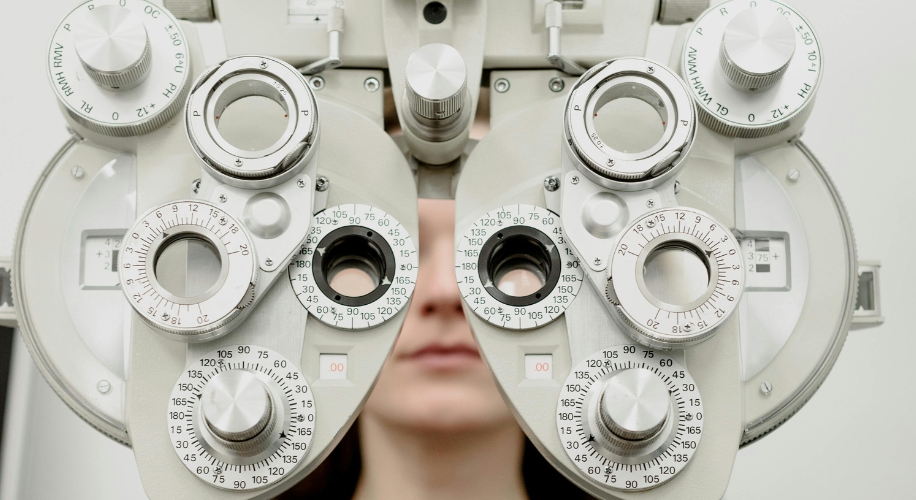Understanding the Eye Puff Test

Photo by Antoni Shkraba
As part of maintaining optimal eye health, routine eye exams are crucial. One of the most common tests you may come across during such exams is the Eye Puff Test, also known as non-contact tonometry (NCT). This test helps assess the pressure inside your eyes, aiding in the early detection of conditions such as glaucoma. Here, we’ve broken down what this test entails, why it’s essential, and what you can expect during the process.
The Purpose of the Eye Puff Test
The Eye Puff Test plays a crucial role in detecting glaucoma, an eye condition that can lead to irreversible vision loss if left untreated. Glaucoma is often associated with an increase in intraocular pressure (IOP), which can damage the optic nerve. By measuring IOP, the Eye Puff Test can identify any abnormal pressure levels, thus facilitating early detection and treatment of glaucoma.
What to Expect During the Test
The Eye Puff Test is a quick and painless procedure. You’re required to look into a machine (a non-contact tonometer), typically at an image of a hot air balloon or a farmhouse. The machine will then release a small puff of air into each eye, and the bounce-back of this air is used to calculate your intraocular pressure.
Although the test might startle you, it doesn’t cause any discomfort or harm to the eye. However, if you are uncomfortable with the air puff test, alternative methods are available for measuring intraocular pressure. It’s crucial to express any concerns or fears to your eye care professional so they can adjust the tests to meet your comfort level.
Preparing for the Eye Puff Test

Photo by Ksenia Chernaya
There is no special preparation needed for the Eye Puff Test. However, it’s important to inform your eye care professional if you’ve had eye surgery or an eye injury recently. They may decide to use a different method to measure your intraocular pressure in such cases.
- Arrive at the eye clinic with clean, makeup-free eyes to ensure accurate results.
- Inform your optometrist about any eye conditions you may have or any eye-related symptoms you’ve been experiencing.
- Ask questions if you’re unsure about any part of the test – your provider will be more than willing to help clarify any doubts.
Regular eye exams are essential for maintaining clear vision and overall eye health. If it’s time for your next exam or you’re experiencing eye discomfort, don’t hesitate to schedule an appointment. Remember, early detection of eye conditions, like glaucoma, can help prevent more severe vision problems down the line. Hence, never underestimate the power of a routine eye puff test!




 Canada
Canada